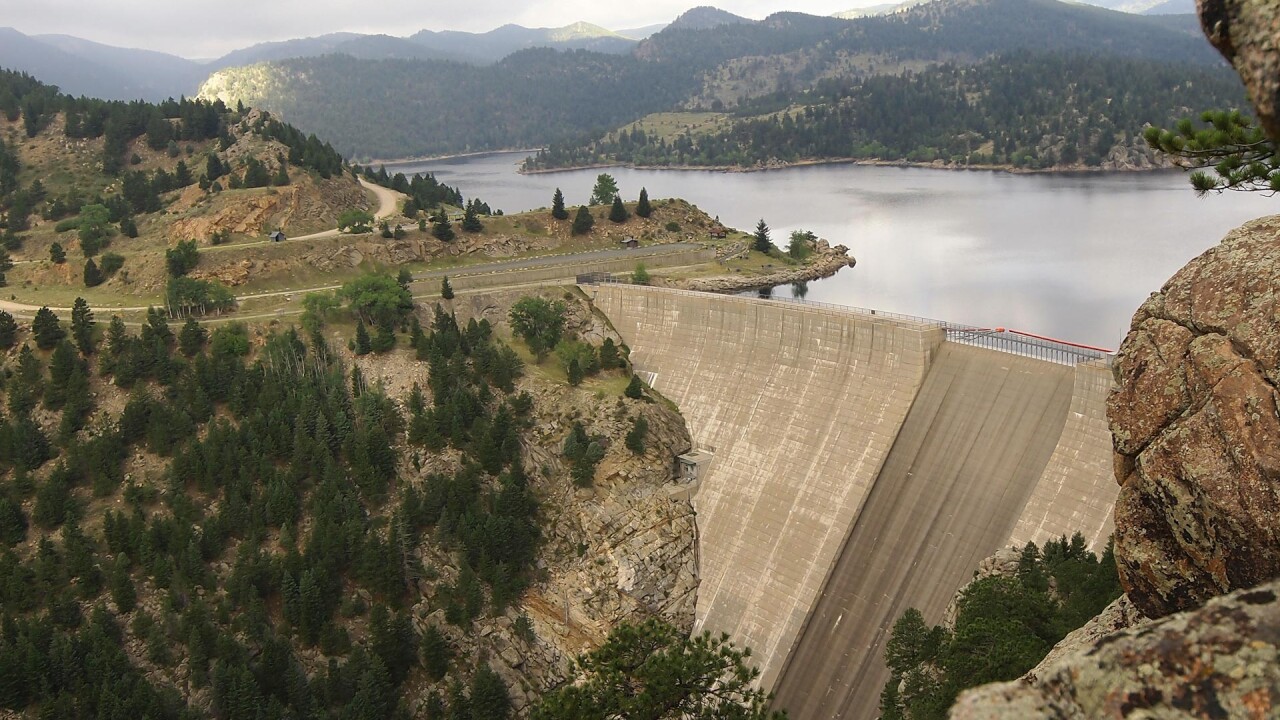The University of Alaska Board of Regents has voted to radically change the university system by consolidating into a single accredited university.
The action comes in response to drastic budget cuts created by the veto pen of Gov. Mike Dunleavy.

The 8-3 vote came after a day-long debate Tuesday that ultimately led to the choice of consolidation over a proposal by chancellors of the three state universities, who wanted to create a consortium to eliminate duplicative "back office" functions.
Though UA President Jim Johnsen asked the chancellors to present their proposal as an alternative, it became clear that he supported consolidation.
"This board needs to decide whether it is a house on fire or just toast burning," Jensen said. "If it's the latter, the board can engage in a deliberative process. But if the house is on fire, the board needs to act swiftly and leave behind anything that is not essential."
Moody’s Investors Service
Johnsen now has until Sept. 12 to come up with a consolidation plan to shave $136 million out of the fiscal 2020 budget — the amount of Dunleavy's line-item vetoes.
The university president will craft a plan to reorganize the system’s three individually-accredited universities — the University of Alaska Fairbanks, the University of Alaska Anchorage and the University of Alaska Southeast — into a single accredited university. The proposal will combine colleges, like the College of Engineering at each university, into one program.
Chancellors Cathy Sandeen (UAA) Daniel White (UAF) and Rick Caulfield (UAS) spoke in favor of a consortium model which would allow the universities to maintain independence while cooperating on administrative issues.
The board discussed both options at length with one regent describing the discussion as a day-long tennis match, before calling for a vote. Ultimately, the board supported Regent Mary Hughes' motion to move to centralized control of a single university with multiple campuses.
Hughes' motion had four pieces:
• Reduce administrative costs immediately through consolidation and standardization of processes in the “back-office functional areas” including IT, finance, university relations and procurement.
• Prepare a strategic approach to combining duplicative academic colleges and schools, consolidating research institutes and enhanced integration of community campuses for review and approval by the regents at their September meeting.
• Prepare a plan for board approval to transition from three separately-accredited universities to a single institutional accreditation with multiple locations over the 2019-20 academic year.
• Creating a five-member regents subcommittee chaired by Hughes to work with Johnsen as he formulates a plan.
Part of Tuesday’s discussion centered on the size of the cuts. Alaska lawmakers passed a bill Monday that would restore $110 million to the system. But Dunleavy could veto the measure.
The governor, who made an appearance at the Regents meeting, didn’t specifically address the legislature's recent move to restore funding. But his comments and actions prior to the meeting indicated he believes shrinking funding to the university is necessary.
"We have a budget and fiscal problem," Dunleavy said. "The university has been a beneficiary of increased funding over the years; and some of us are still living with the belief that we have $85 to $90 a barrel oil."
"There have been discussions in the past of what the university would do if we had to reduce funding levels," Dunleavy said. "That day is here."
His administration had issued a report prior to the meeting that suggested he would push $38 million of the cuts into the next fiscal year, but only if cuts were made where he wanted them. His suggestions included closing a 75-year-old museum with collections used by researchers, slashing athletics programs, and making cuts to research programs.
Dunleavy’s suggestions set off alarms with the University of Alaska’s accreditor. The Northwest Commission on Colleges and Universities warned the board of regents in a
The regents asked the university general counsel to interpret the state constitution’s separation of powers between the university and executive branch.
“UA was intentionally excluded from the executive branch to insulate it from politics,” Michael Hostina, the university’s general counsel, said.
The governor can veto money, but, Hostina said, it exceeds his authority to pressure the regents to allocate money in a certain way.
While the governor’s proposal would eliminate funding for research, Hostina said, much research is mandated by law. Programs with mandates include the unmanned aircraft program, climate change program, seismology research, agriculture cooperative extension programs and University of Alaska Fairbanks Kodiak Seafood and Marine Science Center. The governor's report encouraged the university to go after private donations to support research to replace the loss of state funding.
Mike Barnhill, policy director for executive branch's Office of Management and Budget, said the governor was making "suggestions" and that discussions around splitting the $135 million of cuts between two fiscal years weren't contingent on regents cutting programs as proscribed by the governor.
"This has been a very difficult discussion," regents chair John Davies said. "This isn't the end of the road, it's the beginning. What we have done here today focused the discussion."





